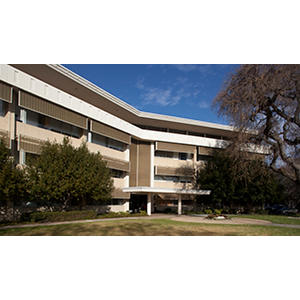
Cynthia Wong, MD
Clinical Professor
Nephrology
Servicios especializados – Welch Rd
Pediatric Nephrology Clinic
770 Welch Road, Ste 300
Palo Alto, CA 94304
Teléfono:
(650) 721-5807
Fax:
(669) 233-2890
Localización

Pediatric Nephrology Clinic
770 Welch Road, Ste 300
Palo Alto, CA 94304
Mapas, direcciones y estacionamiento
Teléfono : (650) 721-5807
Fax : (669) 233-2890

Pediatric Nephrology Clinic Sunnyvale
1195 West Fremont Avenue
Sunnyvale, CA 94087
Mapas, direcciones y estacionamiento
Teléfono : (408) 426-5590
Fax : (669) 233-2890
Experiencia
Kidney Transplant
Trabajo y educación
Educación
University of Washington Medical Center, Seattle, WA, 1999
Últimos años de residencia
Maricopa Medical Center, Phoenix, AZ, 2002
Subespecialidad
Children's Hospital Boston, Boston, MA, 2005
Primeros años de residencia
Maricopa Medical Center, Phoenix, AZ, 2000
Certificado(s) de especialidad
Pediatric Nephrology, American Board of Pediatrics, 2008
Idiomas
English
Conéctese con nosotros:
Descarga nuestra App: